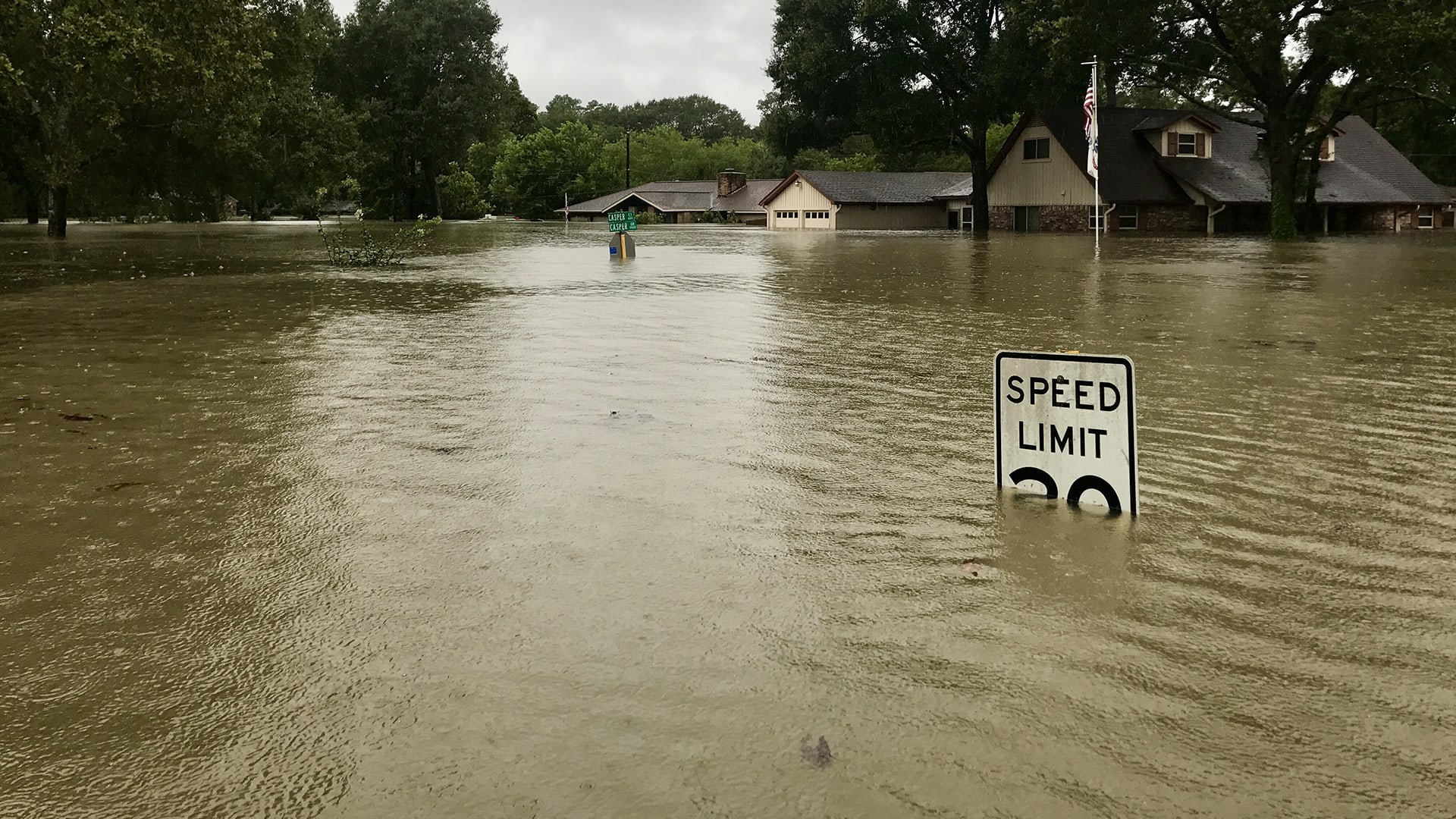
DISCUSS (1 of 2):
Where does the water in a hurricane come from?
DISCUSS (2 of 2):
Why is there so much rain from a hurricane?

DISCUSS:
Why do you think some areas of New Orleans flooded while others did not?



























Below are ideas for extending this topic beyond the activity and exploration you just completed.
- Lesson Assessment and Answer Key
- Activity Extension: Challenge your student engineers with these questions.
- Readings: Two great readings about hurricanes from Newsela.
- Video Discussion: Watching hurricanes from space lets you see them in a new way.
- Activities: Two great activities for extending your exploration of hurricanes.
- Online simulation: Make your own hurricane online.
- Background information: Help students understand the difference between a cyclone and a hurricane.
Tell your students that the people of Beachtown had a meeting to discuss the proposals your class came up with. Ask your students how they would answer their questions or address their issues.
Remember: There are no right answers and it may be difficult to make everyone happy.
- Mrs. Green doesn’t like the plans that include wetlands because she thinks wetlands have lots of mosquitoes. What would you say to convince Mrs. Green that wetlands are a good idea?
- Mr. Crawford's great-great-grandfather owned the historic general store on Ocean Avenue. He says that stilts are not historically accurate. Can you protect that building without using stilts and stay within budget?
- Mr. Hunter is a bird watcher. He thinks you should make a nature trail through the wetlands for bird watchers. Do you have the budget for that?
- Suppose the town council got a federal grant to help. Now they have another $200,000 to spend and they want to protect as many ordinary (non-historic buildings) as possible. How would you revise your plan?
Exciting stories about hurricanes extend students’ knowledge of these powerful storms. The readings from Newsela are free with registration.
Hurricane Florence demonstrated the destructive power of wind and rain. (Newsela, Grade 5)
Fuel for the Storm reveals how hurricanes get their strength. (Ocean Today, a site created by the National Oceanic and Atmospheric Administration)
This time-lapse movie shows a satellite view of the 2012 hurricane season — from June 1 to November 29 — in less than 5 minutes. The excitement starts with hurricane Chris at 0:22, followed by Debbie at 0:30, Ernesto at 1:27, and more.
As you watch, try to answer these questions:
- Which way does each hurricane spin? Do they all spin the same way?
- If you were worried about hurricanes, where wouldn't you want to live?
- What do you notice about the names for hurricanes?
- What happens to Sandy (a superstorm) after it moves onto the land?
You’ll find more satellite views of hurricanes here.
After watching and discussing the movement of hurricanes, have your students plot a hurricane’s path with this activity. Then have students write about the hurricane’s origin, its travels, and its decline from the point of view of the storm itself.
If you want a more hands-on experience (and you’re willing to take on a messy experiment), check out this Teach Engineering activity, in which students make a model of a river and learn first-hand what happens when it floods.
Online Simulation: Make Your Own Hurricane
Before you can make a hurricane, you’ll need to know more about how they form. You’ll find helpful articles on these sites from the University Center for Atmospheric Research (UCAR) and Sciencing.
Then give UCAR’s Create-A-Cane, a try. First, you make a tropical depression by changing sea temperature, air moisture, wind’s speed and direction, and latitude. (The "?" will give you tips.) When conditions are just right, your score reaches 80 and you have the beginning of a hurricane. Then follow the instructions on each screen to make your hurricane. It isn’t easy, but you can do it!



